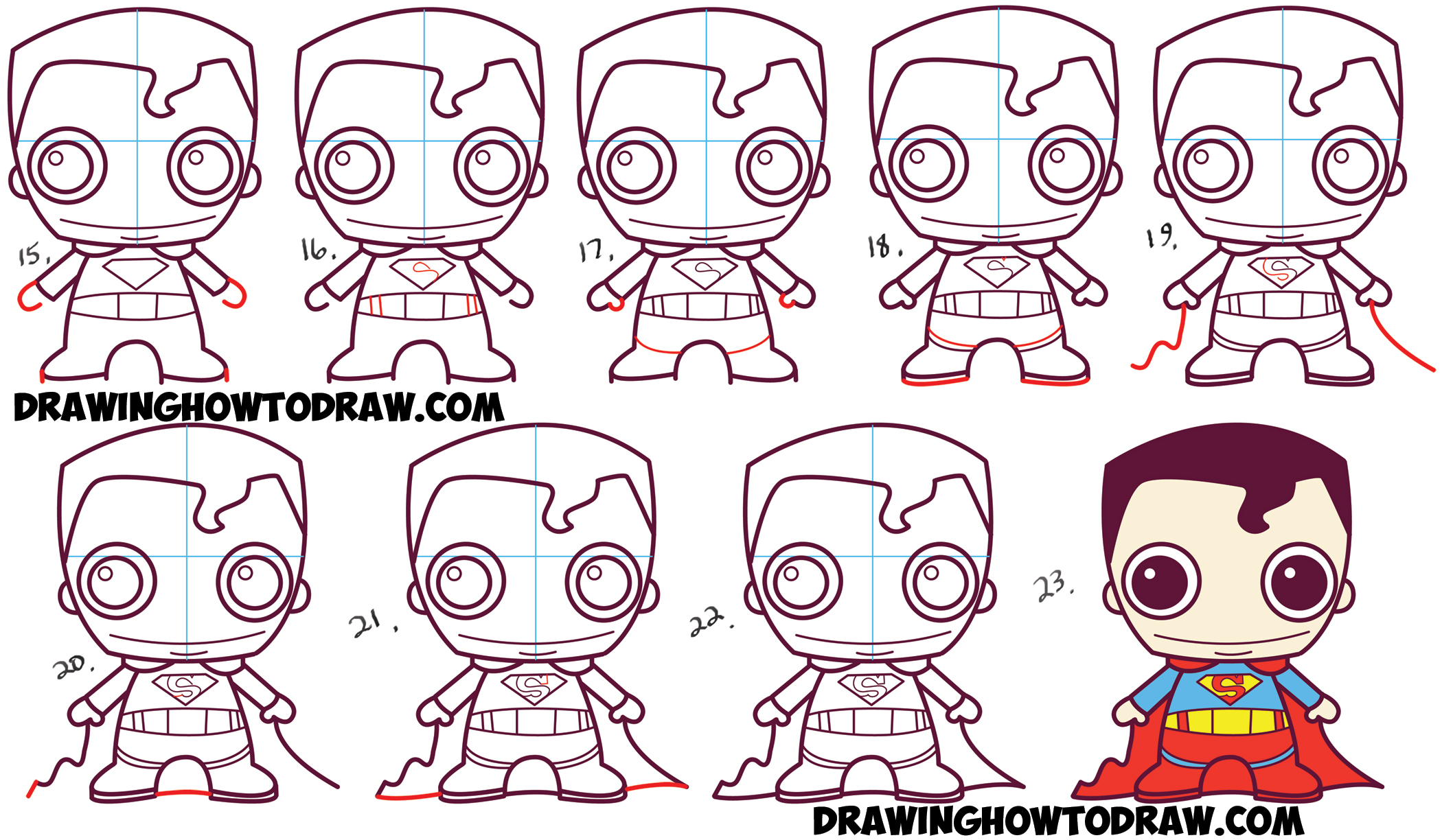


So drawing softly will create thin lines and pressing harder will create heavy lines. Working on a Wacom tablet allows me to change the line thickness the harder I press on the tablet. In Illustrator I use a 3.pt and 5.pt oval brush. Being a vector-based program I prefer Adobe Illustrator to draw contours instead of Adobe Photoshop because it produces much cleaner lines without sacrificing quality if you decide to adjust the size. When you are finished with a sketch that shows your scene in it’s entirety, then you can open it in a program of your choosing to refine the line work (if you don’t prefer working in pen and ink).
#Simple comic sketches series
Meet Sabi and Ginge, best friends in a series that portrays their funny, often awkward social interactions and mischievous adventures.

Where are my manners? I didn’t introduce the two characters who will be accompanying us on our small journey of drawing comics. Simple lines and shapes can be built upon later. But fret not! Your sketches do not have to be perfect. Sketching creates a foundation in which all other elements fall into place – scene composition, character or subject emphasis – and ultimately determines how the story will be told. Whether you prefer starting on paper or digitally, the importance of sketching out your idea remains the same. The linear format and natural character interactions appealed to us, and the black and white color palette is reminiscent of old newspaper comic art and traditional drawing. My brother and I were inspired by Charles Schulz’s comic strip, Peanuts, when thinking about what to do for our comic. In fact, it is one of the easiest ways to get started. It’s okay to draw subjects from artists who inspire you. As a comic illustrator, you’ll frequently work with sequences and create characters or environments over and over again, so it is vital that you draw something you are passionate about. And boy is it important! With dedicated practice comes a lot of repetition. Use a mirror/webcam to explore as many as you can and then try to draw them.So you want to become an illustrator, eh? Well, in learning any skill the first thing someone will tell you is to practice everyday. There are lots and lots of different emotions and expressions. Eyelids can also help to show tiredness or feeling poorly. So from 2 parts of the face with four positions each we have sixteen expressions already.Įyes can be expressive as well and we can start to look at body language with the way the head is tilted to give emphasis to an expression of emotion. Now on each one experiment with the eyebrows. We'll work with Eyebrows and Mouth as these are the two main communicators of expression.ĭraw a couple of practice circles with Eyes, Nose, Mouth kept the same. We're going to practice and explore some of these and see what expressions we find. Here we see that the face is made up of 4 key ingredients - Eyebrows, Eyes, Nose, Mouth. Remember from lesson 1 that the head is divided into three, half, a quarter and an eighth.

I've tried to break this down into a more simple system for understanding expressions. It is sometimes useful to have a mirror handy for this exercise or use a web cam and take a few photos of yourself making some faces.
#Simple comic sketches how to
I can't really tell you how to be funny in your cartoons, comic or characters but I can start you off with some techniques for expressing emotions which is how the character communicates to us how they feel. Here's another character for you to Practice. Image 5 and 6 - Shape/Shadow/Shine - Now we add a little detail and shading to give our character shape and form. Image 4 - Line - Now we use a heavier line to draw in the details we want and start dressing our character. Image 3 - Note the face is in the lower half of the head - eyes & ears on the half way line - nose half way between eye line and the chin - mouth half way again. Image 2 - Layout - Here we sketch very lightly the rough details and dressings for the character (I use the term dressings to describe the different way a character can be dressed or the different objects that suggest who or what the character is). Nearly all of our characters will follow these basic proportions (later lessons will explore other proportions). This is our Look phase where we sketch out the general proportions of our character. Image 1 - Look - The first thing we need to sketch very lightly is three circles one on top of the other (or one underneath the other) in a vertical line. I'll be using red ink to represent very light sketching and drawing, blue ink to show lining in and black ink to show outlining Getting started - Lines, Points, Squares, Circles and Triangles Before you get going you may want to warm up and practice your circles use this lesson below to develop your line work and basic shape drawing.


 0 kommentar(er)
0 kommentar(er)
